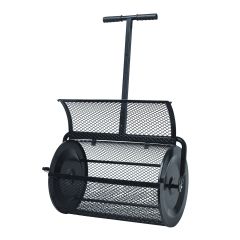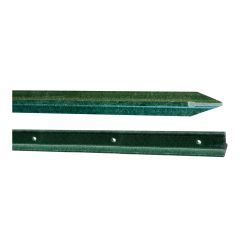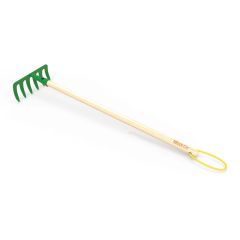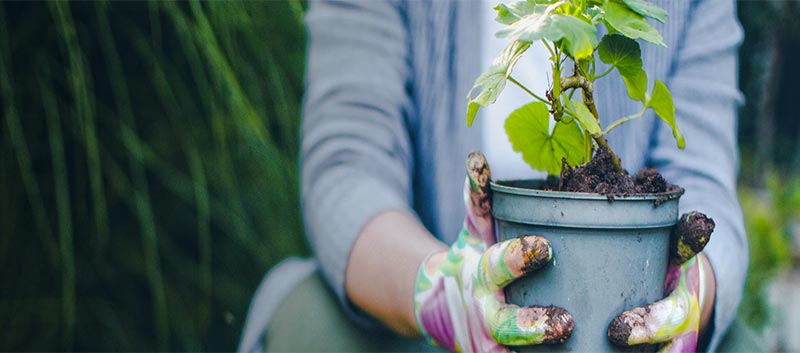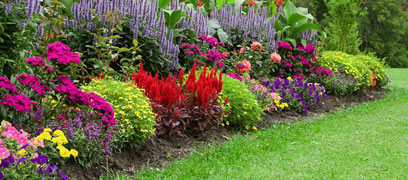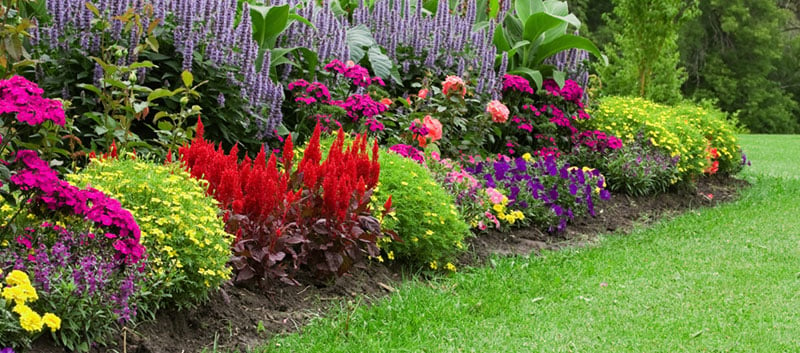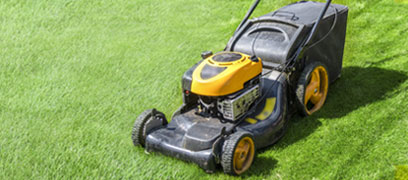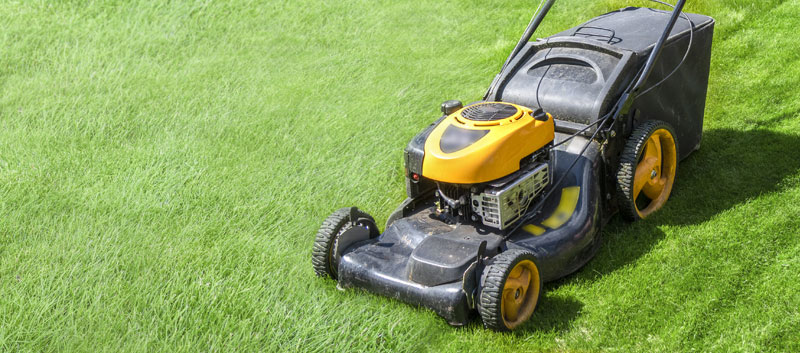Your flower garden is a central element of your home’s exterior that will be with you for years to come. To keep your garden tidy and manageable in the long run, it’s important to plan it well. Here are a few tips to help you bring your dream garden to life.
Step 1: Planning
Before you dive in, plan your layout:
- Decide what shape and size you want your flowerbeds to be, making sure to account for the current layout.
- Do a site analysis to help you choose the right plants based on sun exposure and position in the landscaping.
- Assess the health of your current plants and remove them if needed.
- If you don’t know your soil composition, consider doing a soil analysis so that you can make adjustments when planting if needed.
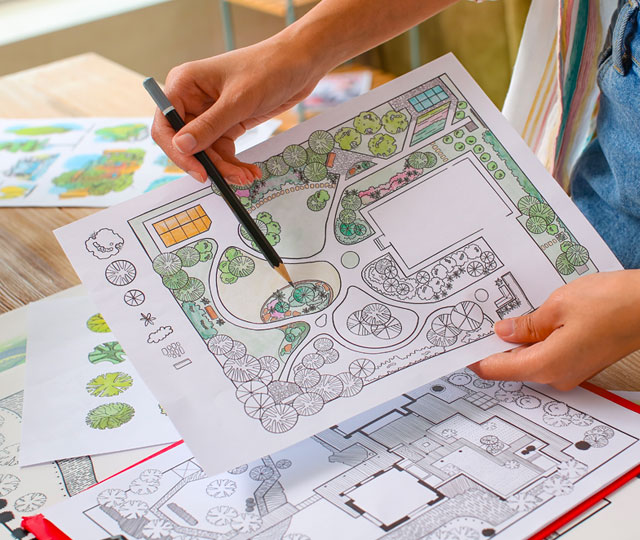

Pro tip: To visualize your garden, it helps to draw it out on paper. Make your drawing as close to scale as possible to make it easier to leave the recommended space between each plant.
Step 2: Choosing your plants
Landscaping is all about choosing plants that complement one another and have the right characteristics for your garden plan.
- Choose plants based on where they’ll be planted and how much sun they need.
- Make sure all your plants are fit for your hardiness zone. This will be on the label. Choosing plants with the right hardiness will ensure that they can thrive in your garden.
- Balance low-growing and tall plants, so that they can all flourish without getting in each other’s way.
- Use a mix of plants that grow or flower at different times in the season. This will give you a beautiful garden for more months out of the year.
- Add a few annuals for a touch of colour to fill in the gaps between young perennials in the first few years.
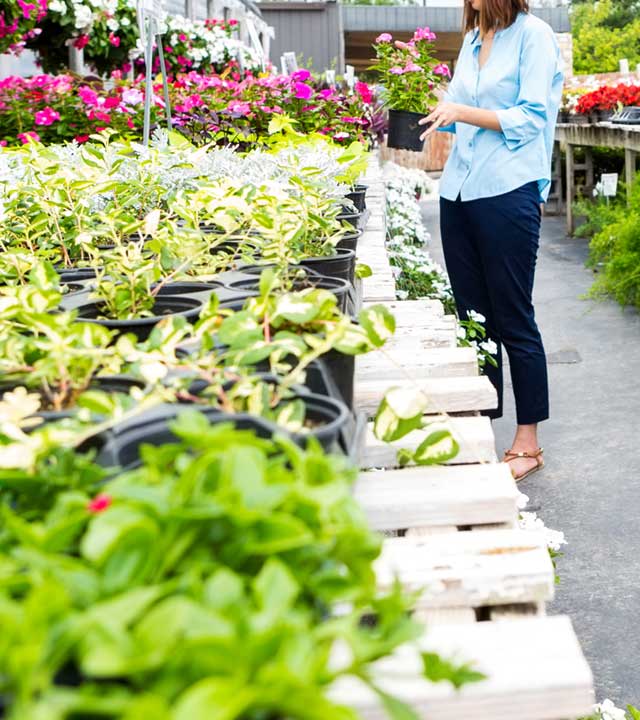
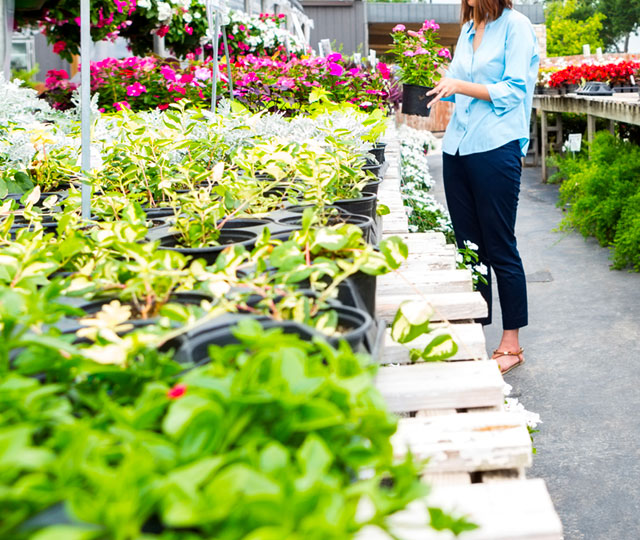
Pro tips:
- Choose plants that attract pollinators and birds to promote biodiversity.
- Incorporate grasses or conifers with your flowering plants. This will add interest and keep your garden looking green, even in winter.
- Decorate your flowerbeds with rocks, water features, garden lights or figurines for a personal touch.
Step 3: Preparing the area
- Outline your garden area with stakes and rope to help you visualize your future flowerbeds.
- Dig up the grass with a shovel.
- Remove any existing plants you don’t want to keep.
- Clear the area of any other debris.
- Loosen the soil and add compost or manure.
- You may also need to lighten the mix with sphagnum peat moss.
For a more polished look, you can install edging around the borders of your flowerbeds. This will also keep mulch and rocks neatly in place.
There are plastic, rubber, aluminum and concrete options for garden edging. Choose whichever style you like best!
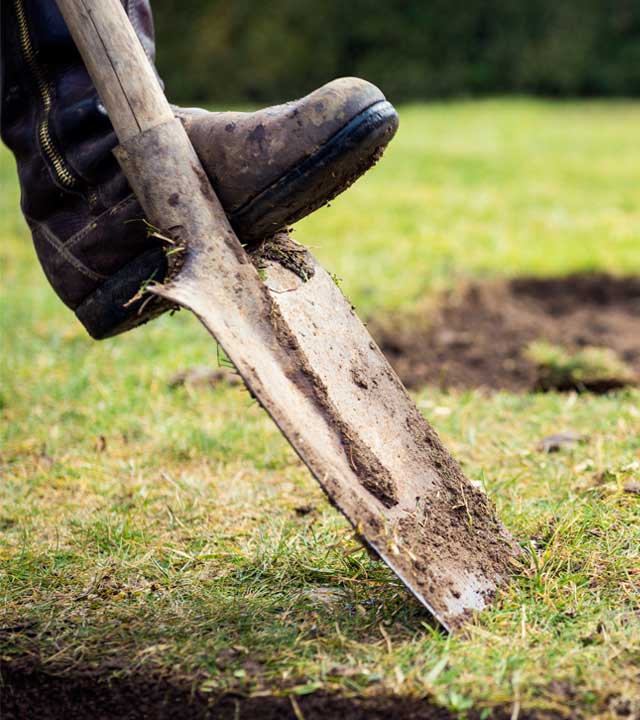
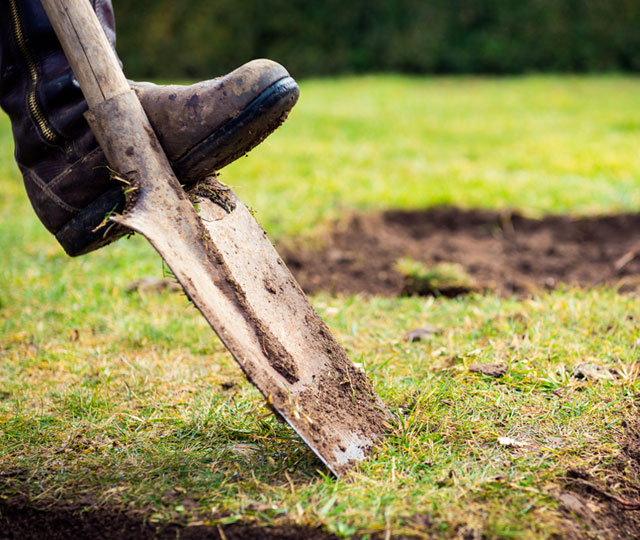
Pro tips:
- Plastic garden edging is easier to install on warmer days. You can also leave it out in the sun for an hour or two to soften up before installing.
- Some edging needs to be anchored into the ground to keep it from shifting. Don’t skip this step!
Step 4: Planting
- To make the flowerbed look fuller, it helps to stagger your plants. Make sure your plants are offset from one row to the next, leaving a space about the size of a plant on all sides.
- For a balanced look, plant your shortest plants at the front and the tallest at the back.
- For each plant, dig a hole twice the size of the root ball.
- Water the plant while it is still in its pot, then unpot it and place it in the centre of the hole.
- Fill the space with planting mix. You can add a transplanter with mycorrhizae to stimulate root growth.
- Water the plants generously to promote root system recovery.
- Using granular fertilizer can help new plants take root and grow.
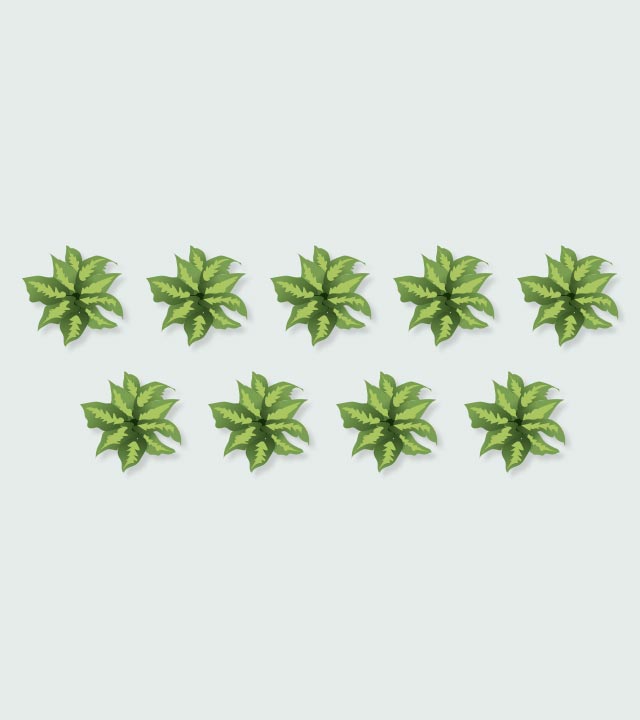
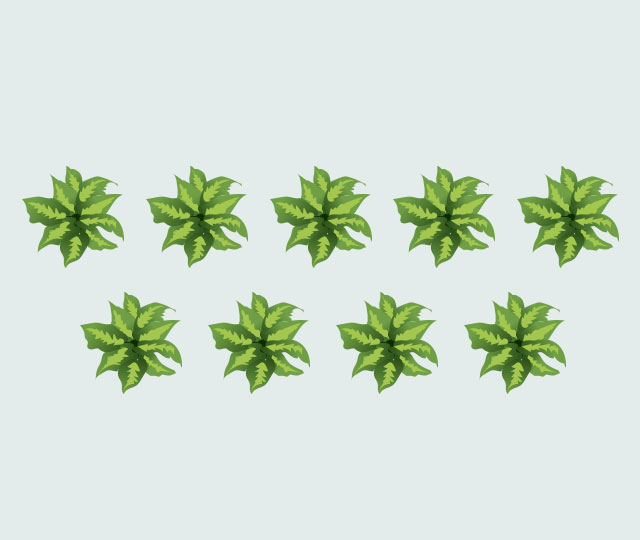
Pro tips:
- Before you take them out of their pots, place your plants where they will go in your garden. Make sure there is enough space between them and adjust if necessary.
- We recommend planting on a cloudy day to minimize water loss due to sun and heat.
Step 5: Finishing touches
- Lay down landscape fabric in between your plants to discourage weeds from sprouting up.
- Apply three to four inches of cedar mulch to keep the soil moist and prevent weeds.
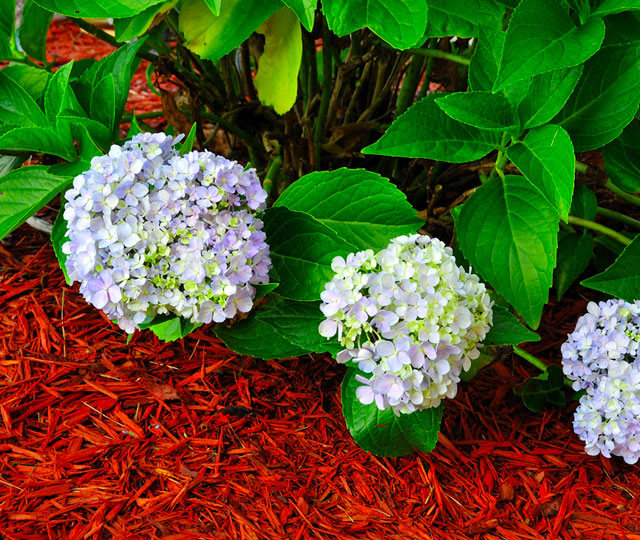

The right tools for the job
Ready to get started on your flowerbed? Start by making a shopping list of all the tools and plants you’ll need. Bring it with you to the hardware store so you don’t forget anything. Be sure to calculate your distances and surface areas so that you know how much you’ll need of each material including garden edging, landscape fabric and mulch.
Here’s what you’ll need:
- Gardening tools (shovel, hand trowel, rake, pruning shears, etc.)
- Gardening gloves
- Garden edging (enough for your layout)
- Soil amendments (potting soil, compost, manure, peat, etc.)
- Plants
- Transplanting fertilizers
- Landscape fabric (enough for your layout)
- Cedar mulch (enough for your layout)
- Watering tools and accessories (watering can, hose, spray gun, etc.)
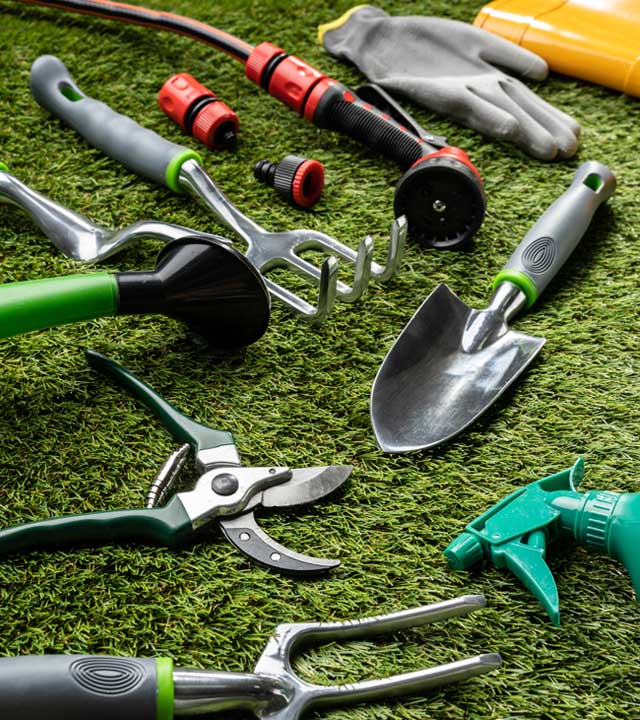
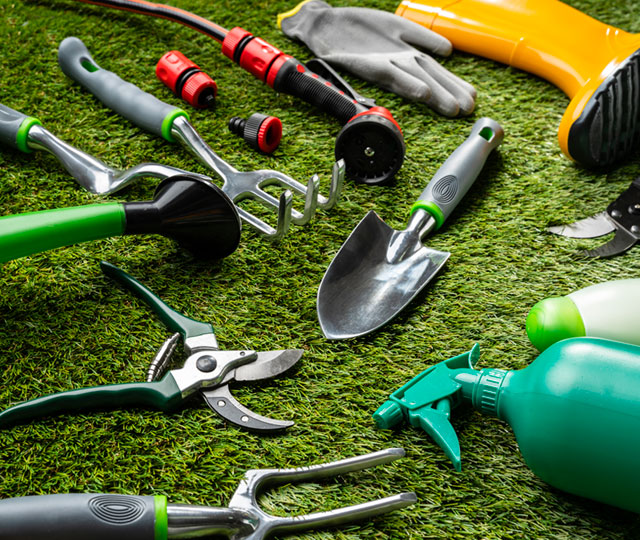
Now that you’ve got everything you need, it’s time to get your hands dirty! And you don’t have to do it alone. Gardening can be a great family activity for toddlers, older kids, and adults. Certain jobs, like watering, can easily be delegated, so the whole family has something to be proud of.
Need more advice? Talk to an expert at your local BMR.
Gardening essentials
Shop by category
Other articles of interest
Les renseignements de cet article sont présentés à titre informatif seulement et peuvent ne pas être applicables dans certaines situations ou facteurs particuliers. En cas de doute, adressez-vous à un expert en horticulture du BMR de votre région.






